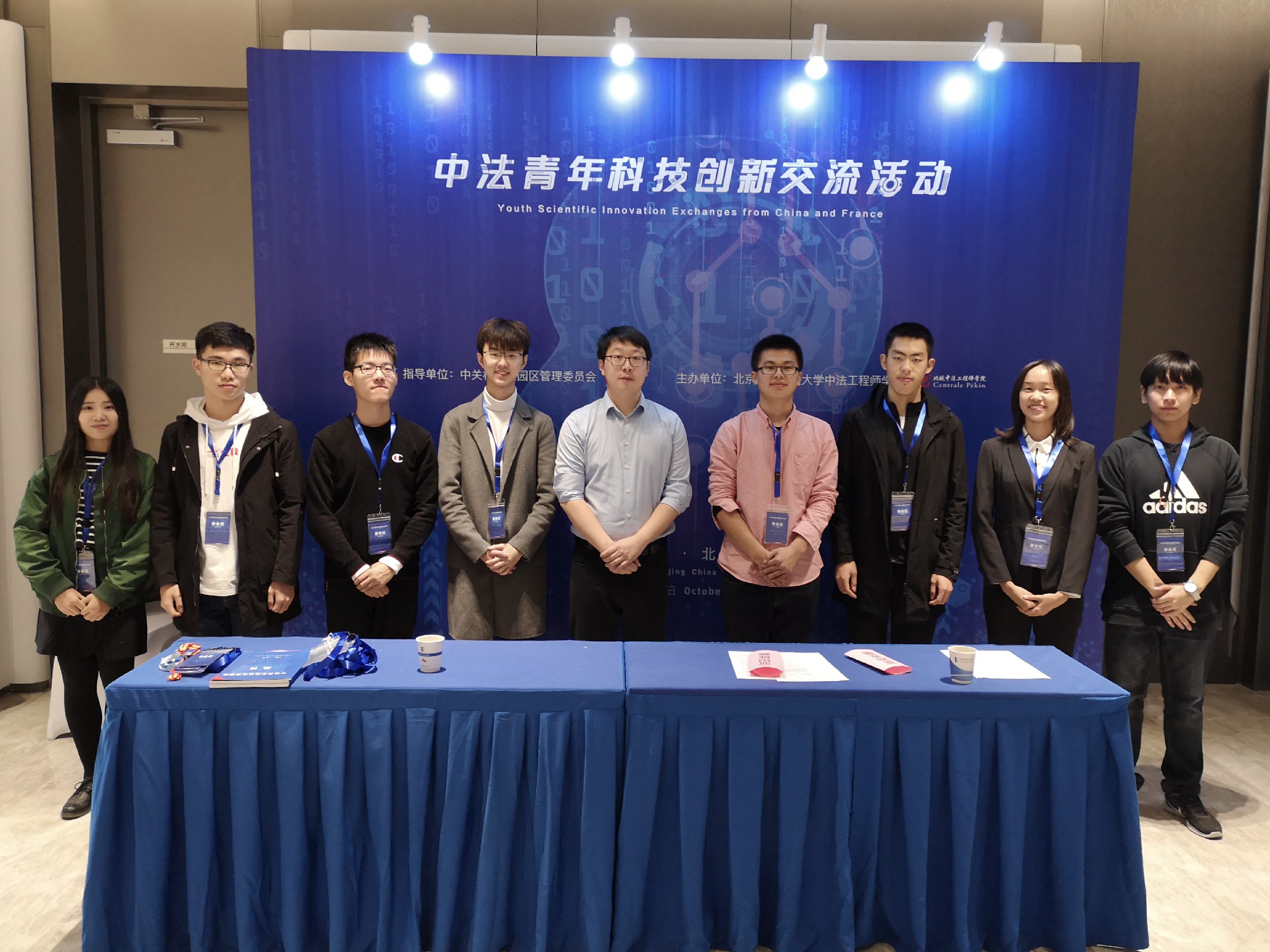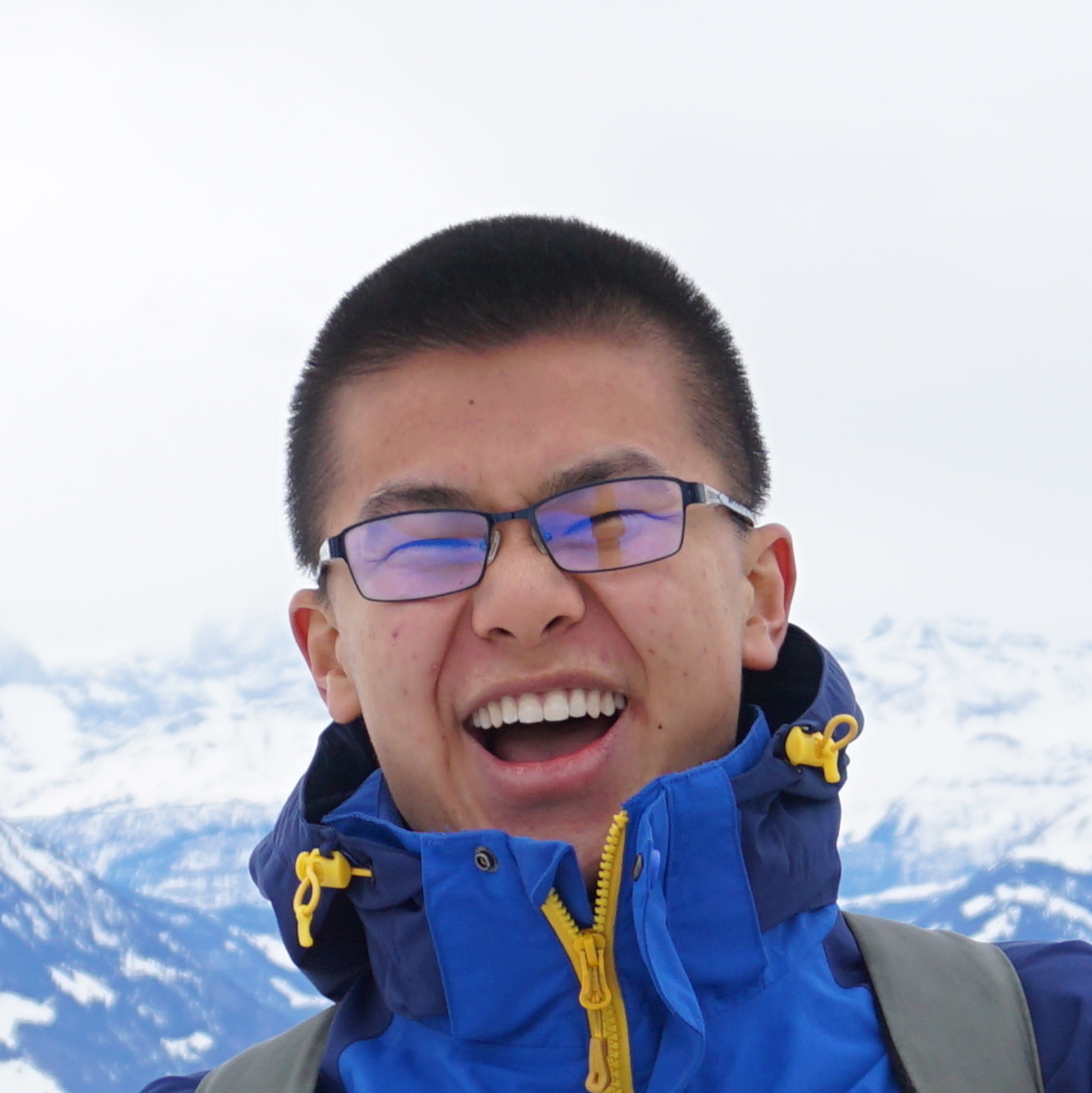Competitions
1. Youth Scientific Innovation Exchanges from China and France
Date: Nov. 2019
Advisor: Liang HAN
Award: Best Innovation Award
1.1 Background
The universal wheel unmanned ground vehicle (UGV) represented by the Mecanum wheel has the advantage of flexible movement, and can adapt to complex terrain. With the extensive research on the manipulator model, the control technology for the complex manipulator with multiple degrees of freedom is gradually improving. The wheeled robot, which is composed of a manipulator and a universal wheeled trolley, can give full play to the advantages of both, and can well complete tasks such as object handling under complex terrain.
1.2 Technical scheme
Communication: Robot Operating System (ROS) is utilized to build a communication network. The positioning system sends navigation information to the ground station through the ROS node, and the ground station sends the control command to the UGV in the same local network through the ROS node to realize feedback control of the multi-UGV formation.
Navigation: Ultra Wide Band (UWB) positioning system is used to obtain real-time position information of the multi-UGV. An external inertial measurement unit is employed to obtain the UGV's yaw angle, and the yaw angle is sended to the ground station through ROS.
UGV platform: the self-assembled universal wheel UGV is equipped with a manipulator. The Raspberry Pi is responsible for receiving the pose and attitude information of the UGV and generating the control command for the UGV and the manipulator.
1.3 Achievements
The following video shows the scene of a coordinated formation of UAVs and UGVs equipped with manipulators. 😎
1.4 Team photo

2. “Lijian Cup” Smart Aerospace Innovation Competition
Date: Sep. 2020
Advisor: Liang HAN
Award: Advance to the final
2.1 Overview
This proposal combines the environmental characteristics of dense coastal urban areas and incorporates new operational concepts. Starting from the aspects of multi-domain cooperation, intelligent decision-making, reconnaissance deterrence, and combat power combination, we propose a plan to build an intelligent defense confrontation system against the denied environment.
2.2 Overall plan
In terms of system architecture, a mosaic open system architecture is adopted to divide the overall combat force unit into multiple units of perception, decision-making, and execution. Through the introduction of adversarial learning, reinforcement learning, game theory, and distributed optimization methods, the three basic force units have the ability to dynamically allocate and reorganize according to the needs of sub-battlefield combat power and the intensity of the war. Thereby, it can achieve rapid and efficient strikes against enemy forces.
The following figure shows the overall structure of the program. 👇

